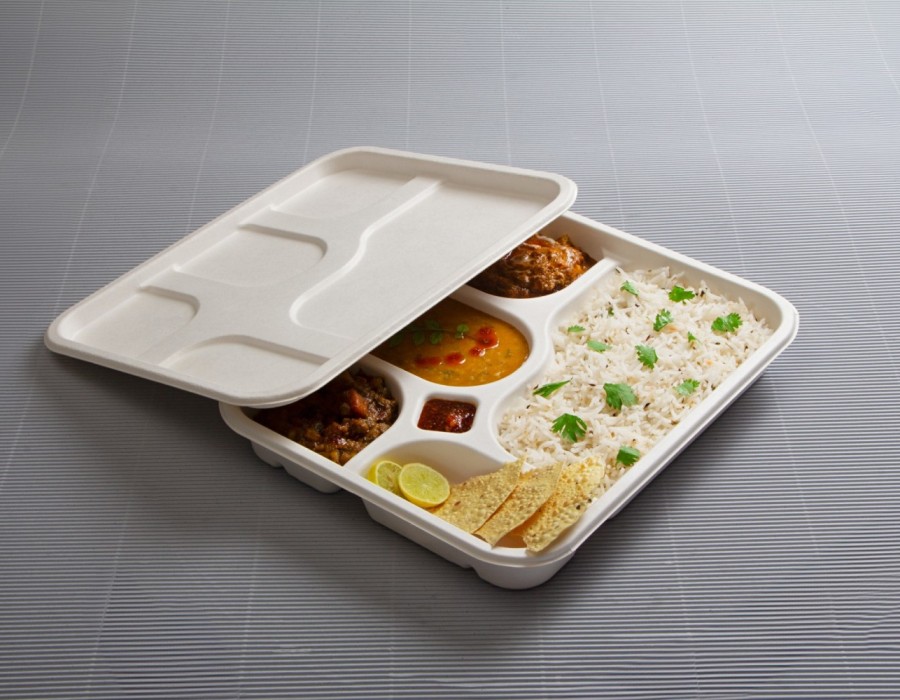Introduction
Bagasse plates are a shining example of how waste can be transformed into a valuable resource. Bagasse, the fibrous residue left after extracting juice from sugarcane, was once considered agricultural waste. However, innovative processes now convert this byproduct into sturdy, eco-friendly tableware. By repurposing bagasse, we reduce the amount of agricultural waste that would otherwise be burned or left to decompose, thereby minimizing its environmental impact and contributing to a circular economy.
Biodegradability and Compostability: Nature’s Solution
One of the most significant environmental benefits of bagasse plates is their biodegradability and compostability. Unlike plastic plates, which can take hundreds of years to break down, bagasse plates decompose naturally within a few months under composting conditions. This rapid degradation process ensures that bagasse plates do not contribute to the long-term pollution of our oceans and landfills. When composted correctly, they return valuable nutrients to the soil, enriching it and supporting healthy plant growth.
Reducing Carbon Footprint: A Sustainable Choice
Bagasse plates help reduce carbon footprints in multiple ways. First, the production of bagasse plates utilizes a byproduct that would otherwise be discarded, reducing the need for virgin materials. This process consumes less energy compared to the production of conventional plastic or paper plates. Furthermore, the decomposition of bagasse plates in composting facilities generates significantly lower greenhouse gas emissions than the breakdown of plastic in landfills. By choosing bagasse plates, consumers and businesses can contribute to the reduction of carbon emissions and support a more sustainable future.
Decreasing Plastic Pollution: Protecting Our Planet
The widespread use of plastic tableware has led to severe environmental issues, particularly plastic pollution in oceans and waterways. Bagasse plates offer a viable solution to this problem. As they decompose naturally and do not release harmful microplastics, bagasse plates help mitigate the adverse effects of plastic pollution. By adopting bagasse plates, we can reduce the amount of plastic waste that ends up in our oceans, protecting marine life and preserving the health of our ecosystems.
Supporting Sustainable Agriculture: A Win-Win
The production of bagasse plates supports sustainable agricultural practices by providing farmers with an additional revenue stream. Instead of discarding or burning bagasse, farmers can sell it to manufacturers, creating a symbiotic relationship that benefits both parties. This practice not only promotes the efficient use of resources but also encourages the cultivation of sugarcane, a crop that can help sequester carbon dioxide and improve soil health. By supporting sustainable agriculture, bagasse plates contribute to the broader goals of environmental sustainability and economic resilience.
Conclusion: A Step Towards a Greener Future
The environmental impact of bagasse plates is overwhelmingly positive, making them a crucial component in the fight against plastic pollution and climate change. Their biodegradability, compostability, and role in reducing carbon footprints and plastic waste highlight their superiority over traditional plastic and paper tableware. By choosing bagasse plates, individuals and businesses can make a tangible difference in protecting our planet and promoting sustainable practices. As we continue to seek innovative solutions to our environmental challenges, bagasse plates stand out as a practical and impactful choice for a greener future.





Comments